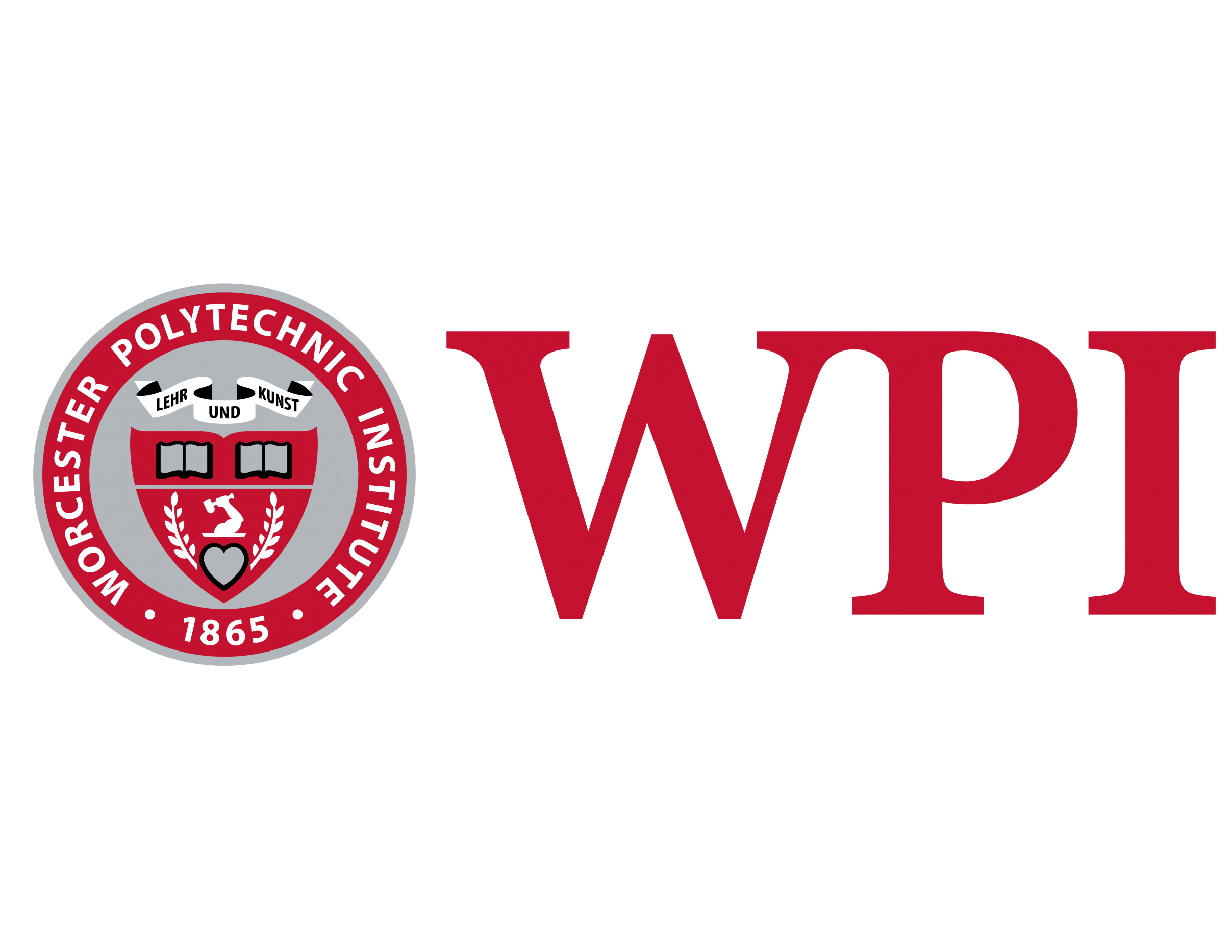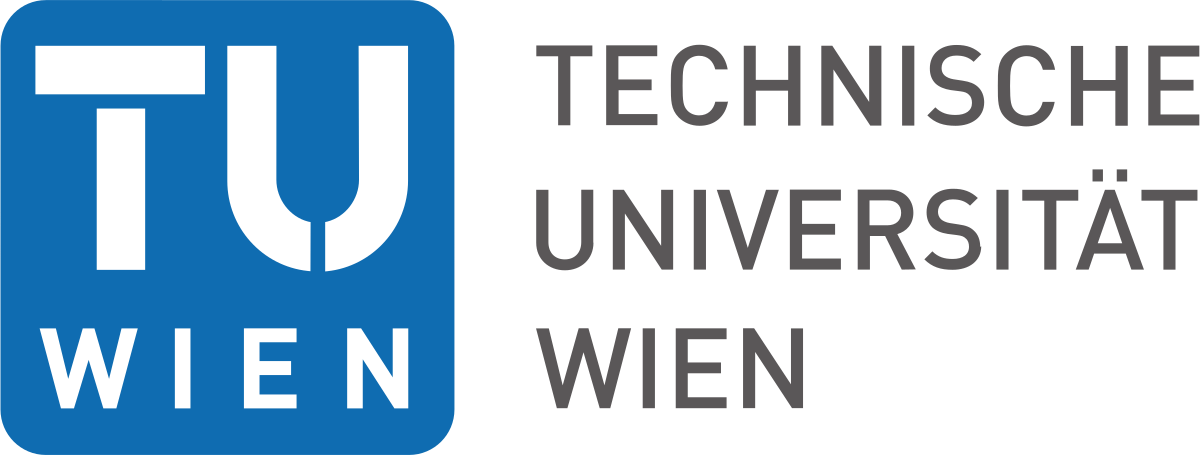




|

|

|

|
|
Seminar "Selected Topics in Mathematics"
Online edition
|
| Past talks: |
| 12 February 2021 (Friday, 3pm GMT) |
|
Prof. Alexander Veselov,
Loughborough University
Geometrisation, integrability and knots ( Video link) Abstract. After Arnold the classical integrability is usually understood in the Liouville sense as the existence of sufficiently many Poisson commuting integrals. About 20 years ago it was discovered that this does not exclude the chaotic behaviour of the system, which may even have positive topological entropy. I will review the current situation with Liouville integrability in relation with Thurston's geometrization programme, using as the main example the geodesic flows on the 3-folds with SL(2,R)-geometry. A particular case of such manifold - the quotient SL(2,R)/SL(2,Z) is known to be topologically equivalent to the complement of the trefoil knot in 3-sphere. I will explain that the remarkable results of Etienne Ghys about modular and Lorenz knots can be naturally extended to the integrable region, where these knots are replaced by the cable knots of trefoil. The talk is based on a recent joint work with A. Bolsinov and Y. Ye. |
| 19 February 2021 (Friday, 3pm GMT) |
|
Prof. Igor Pak,
UCLA
Domes over curves ( Video link) ( Paper) Abstract. A closed PL-curve is called integral if it is comprised of unit intervals. Kenyon's problem asks whether for every integral curve \(\gamma\) in \(\mathbb{R}^3\), there is a dome over \(\gamma\), i.e. whether \(\gamma\) is a boundary of a polyhedral surface whose faces are equilateral triangles with unit edge lengths. First, we give an algebraic necessary condition when \(\gamma\) is a quadrilateral, thus giving a negative solution to Kenyon's problem in full generality. We then prove that domes exist over a dense set of integral curves. Finally, we give an explicit construction of domes over all regular \(n\)-gons. |
| 26 February 2021 (Friday, 3pm GMT) |
|
Prof. Alexey Ustinov (a) & Prof. Mikhail Skopenkov (b,c)
Feynman Checkers: Number theory methods in quantum theory ( Video link) ( Paper) Abstract. In the 40's, R. Feynman invented a simple model of electron motion, which is now known as Feynman's checkers. This model is also known as the one-dimensional quantum walk or the imaginary temperature Ising model. In Feynman's checkers, a checker moves on a checkerboard by simple rules, and the result describes the quantum-mechanical behavior of an electron. We solve mathematically a problem by R. Feynman from 1965, which was to prove that the model reproduces the usual quantum-mechanical free-particle kernel for large time, small average velocity, and small lattice step. We compute the small-lattice-step and the large-time limits, justifying heuristic derivations by J. Narlikar from 1972 and by A. Ambainis et al. from 2001. The main tools are the Fourier transform and the stationary phase method. The talk is based on the joint paper with M. Skopenkov [1]. [1] M. Skopenkov, A. Ustinov, Feynman checkers: towards algorithmic quantum theory. (2020) https://arxiv.org/abs/2007.12879
(a) Khabarovsk Division of the Institute for Applied Mathematics, Far
Eastern Branch, Russian Academy of Sciences |
| 05 March 2021 (Friday, 3pm GMT) |
|
Prof. Boris Shapiro,
Stockholm University
Return of the plane evolute ( Video link) Abstract. I shall report some partial progress in the study of the evolutes of real plane algebraic curves. Strangely enough, although evolutes were introduced by C. Huygens around 1660 and they were actively studied by e.g., G. Salmon in the late 19th century there are still many open problems such as the lower bounds on the maximal number of diameters and vertices of a plane curve which are related to the singularities of the evolute. Work in progress joint with Professor Ragni Piene from the University of Oslo. |
| 12 March 2021 (Friday, 3pm GMT) |
|
Prof. Oleg Karpenkov,
University of Liverpool
On Hermite's problem, Jacobi-Perron type algorithms, and Dirichlet groups ( Video link) ( Paper) Abstract. In this talk we introduce a new modification of the Jacobi-Perron algorithm in the three dimensional case. This algorithm is periodic for the case of totally-real conjugate cubic vectors. To the best of our knowledge this is the first Jacobi-Perron type algorithm for which the cubic periodicity is proven. This provides an answer in the totally-real case to the question of algebraic periodicity for cubic irrationalities posed in 1848 by Ch. Hermite. We will briefly discuss a new approach which is based on geometry of numbers. In addition we point out one important application of Jacobi-Perron type algorithms to the computation of independent elements in the maximal groups of commuting matrices of algebraic irrationalities. |
| 19 March 2021 (Friday, 3pm GMT) |
|
Prof. Michael Shapiro,
Michigan State University
Darboux coordinates for symplectic groupoid ( Video link) ( Notes) Abstract. We explain construction of Darboux coordinates for generic symplectic leaves of the groupoid of unipotent upper triangular matrices using Fock-Goncharov coordinates for framed moduli space of flat connections and express the braid group action as a sequence of cluster mutations. This is a joint project with L. Chekhov. |
| 26 March 2021 (Friday, 3pm GMT) |
|
Prof. Brigitte Servatius,
Worcester Polytechnic Institute
Counting for rigidity of point-line incidence structures in the plane ( Video link) Abstract. Given a point-line incidence structure in the plane, we are asking for a count on the incidences to insure rigidity or existence of Euclidean realizations, or realizations which are infinitesimally unique up to projective transformations. This is a report on work in progress with Leah Berman, Herman Servatius, Klara Stokes, and Walter Whiteley. |
| 16 April 2021 (Friday, 3pm BST) |
|
Prof. Viveka Erlandsson,
University of Bristol
Mirzakhani's curve counting theorem ( Video link) Abstract. In her thesis, Mirzakhani established the asymptotic behavior of the number of simple closed geodesics of a given type in a hyperbolic surface (here we say that two geodesics are of the same type if they differ by a homeomorphism). More specifically, she proved that the number of such geodesics of length at most L is asymptotic to a constant times \(L^{6g-6}\) where \(g\) is the genus of the surface. This is in stark contrast to the classical result of Huber which states that the number of all closed geodesics of bounded length is exponential in L. In this talk I will discuss Mirzakhani's theorem, explain why it also holds for non-simple curves (but of fixed type), and some applications. |
| 23 April 2021 (Friday, 3pm BST) |
|
Matty van Son,
University of Liverpool
Extended Markov numbers ( Video link) Abstract. We discuss the history of Markov numbers, which are solutions to the equation \(x^2+y^2+z^2=3xyz\). These solutions can be arranged to form a tree, and we show that similar trees of SL(2,Z) matrices, quadratic forms, and sequences of positive integers relate very closely to Markov numbers. We use the tree structure of sequences, along with a geometric property of the minimal value of forms at integer points, to propose an extension to Markov numbers. We then study this extension. This is a joint work with Oleg Karpenkov (University of Liverpool). |
| 30 April 2021 (Friday, 3pm BST) |
|
Arvin Rasoulzadeh & Jonas Tervooren,
TU Wien
Class-Preserving Isometric Deformations of T-Surfaces ( Video link) Abstract. Generic discrete surfaces composed of quadrilateral plates connected by rotational joints in the combinatorics of a square grid are rigid, but there also exist special ones with a 1-parametric flexibility. We focus on the particular class of so-called T-hedra, which can be thought as a generalization of discrete surfaces of revolution in such a way that the axis of rotation is not a fixed at one point but rather sweeping a polyline path on the base plane. Moreover, the action does not need to be a pure rotation but can be combined with an axial dilatation. After applying these transformations to the breakpoints of a certain discrete planar profile curve, a flexible quad-surface with planar trapezoidal faces is obtained. From an applied point of view, the straightforwardness of the generation of these surfaces predestines them for building and design processes. In fact, one can find many built objects belonging to different classes of the T-surfaces such as surfaces of revolution, translational surfaces and moulding surfaces. Furthermore, in the discrete version, possessing the flat trapezoidal faces, paves the way for steel/glass construction in industry. The main goal of this talk is to give a rigorous definition and classification of the T-surfaces/T-hedra along with suitable parametrizations. Additionally, we present those isometric deformations which preserve the class of T-surfaces/T-hedra (e.g. the isometries that map a surface of revolution onto a surface of revolution) in both smooth and discrete settings. |
| 07 May 2021 (Friday, 3pm BST) |
|
Mason Pember,
Politecnico di Torino
Constrained elastic curves and surfaces with spherical curvature lines ( Video link) ( Paper) Abstract. In this talk we consider surfaces with one family of spherical curvature lines. We show that such surfaces can locally be generated by a pair of initial data: a suitable curve of Lie sphere transformations and a spherical Legendre curve. We then provide conditions on this initial data for which such a surface is Lie applicable, a large integrable class of surfaces including surfaces of constant mean or Gauss curvature. It turns out that the initial curve must project to a constrained elastic curve in some space form, which leads us to a Lie sphere geometric characterisation of such curves. |
| 14 May 2021 (Friday, 3pm BST) |
|
Georg Grasegger,
RICAM, Austrian Academy of Sciences
Colorings and Motions of Graphs Abstract. Given a graph and lengths for its edges we might ask how many realizations (e.g. in the plane) exist that satisfy these lengths. If there are finitely many for a generic choice of edge lengths, we call the graph rigid. For non-generic choices it can be still flexible. We are interested in finding these non-generic instances. Recent research has shown that the existence of flexible realizations of a graph can be linked to special colorings of the edges. Using these colorings we can construct flexible realizations. In this talk we give an overview of using edge colorings for finding motions in different settings, like the plane or the sphere. |
| Go to the main page. |